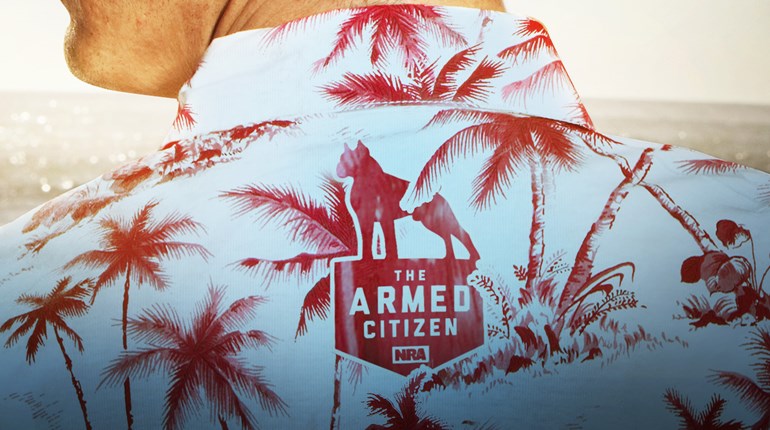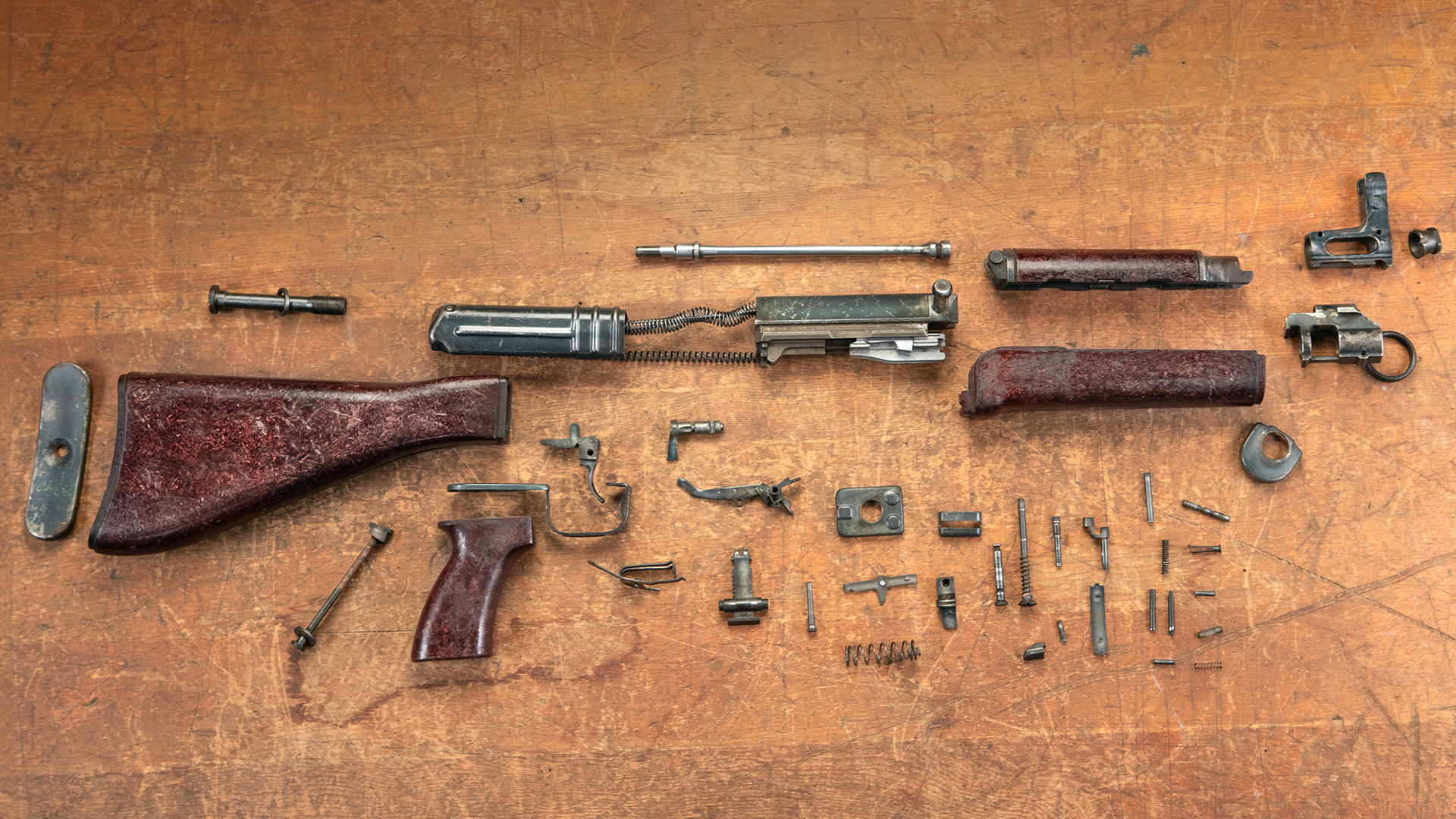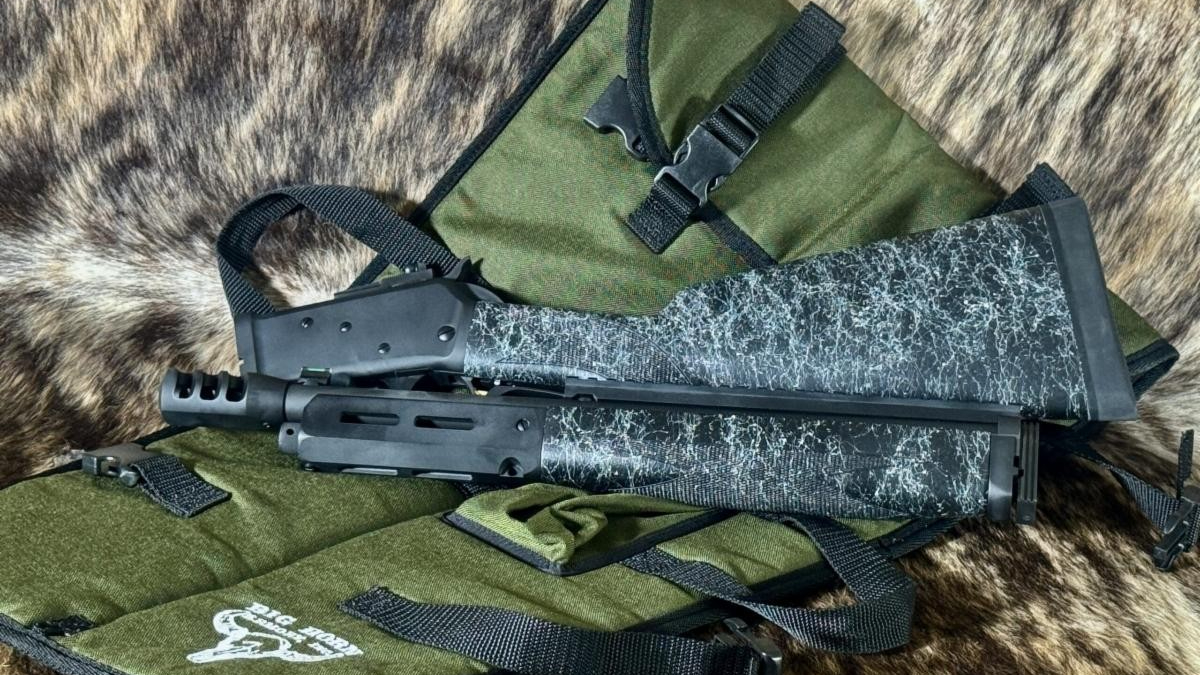
I’ve carried a handgun for most of my adult life. During that time, I’ve learned a lot of things about carrying concealed. Some of those lessons came from others who are more experienced, some came through the many training courses I’ve attended and some I learned on my own—the hard way. If you’re new to carrying a concealed handgun, especially if you’re just considering it, you should know that it’s not all rainbows and unicorns. That said, do not be discouraged from doing so; just know what you’re getting into. To effectively carry a handgun concealed and to be prepared to use it requires a lifestyle adjustment. With that in mind, here are seven inconvenient truths about carrying concealed.
1. It’s not as easy as you think.
If you look at the totality of carrying a concealed handgun, there are no absolutes. There’s no single handgun that will fit everyone perfectly. There’s no carry method that will be comfortable and allow complete concealment for everyone. There’s no set level of proficiency that will assure your ability to stop a threat. There’s no tactic or collection of techniques that will always work. There are no concealed-carry regulations that are universal from state to state. There’s no law—only circumstances—that will allow you to use a firearm in any manner in self-defense, and these circumstances vary widely due to the situation. And finally, there’s no single statement you can share with a jury that will guarantee you’ll not go to jail should you have to shoot in self-defense. Everything associated with concealed carry is an unknown. The best you can do is stack the odds in your favor, and that will take time, money, training and dedication.

2. Your first carry gun will not be your last.
You will buy a carry gun that is too big and heavy and another that is too small and light. Big handguns are more comfortable to shoot, but harder to carry and conceal. Little handguns are difficult to shoot comfortably, but more convenient to carry. Because we’re all different, and because we all live differently, the correct answer is not the same for everyone. The only way to find the correct handgun for you is to carry and shoot a variety of handguns until that perfect match is found. It’s as problematic and as important as finding your partner for life. With either, compatibility matters, and with both, the relationship can determine your longevity and health. Some of us will go through multiple life partners looking for the right one, and it’s no different when it comes to defensive handguns.
3. You don’t know what you don’t know.
Many believe they are fantastic marksmen when it comes to the defensive handgun. This is partly because they lack exposure to shooters who are, in fact, fantastic marksmen. Can you draw your defensive handgun from concealment and put three shots inside a 3-inch circle at 3 yards in less than 3 seconds? Can you do that every time and on demand? If not, it’s questionable if you have the foundational proficiency necessary to be considered a fantastic marksman, much less a truly prepared concealed carrier.
Many believe their cartridge and ammunition of choice is the equivalent of a death ray should they have to shoot an attacker. It’s not. In fact, concealable handguns are very poor stopping devices and the ability of different cartridges to stop an attack have more to do with shot placement than anything else.
Many believe that marksmanship and tactics are the most important things when it comes to surviving a violent attack. They’re important, but they’re not the most important—your mindset is what will keep you alive. Knowing when to fight and when to flee and having the desire and determination to prevail no matter what are what will make the difference. Humans fight with their brains; everything else is just tools and techniques subservient to the mind.
You also better know how to talk to the police should an incident where you had to display or actually fire your concealed-carry handgun occurs. What you say then might determine where and how you live out the rest of your life. To that end, it’s never a bad idea to get to know a local attorney with experience and knowledge dealing with self-defense cases.

4. You’ll need to change the way you dress.
Concealing a handgun on your body is not difficult. Concealing a handgun on your body that you can keep concealed during normal activities, while remaining comfortable, is harder than hiding the 25 pounds you’ve gained since high school. Though some of us may be reluctant to admit it, we’re all a bit vain; we like to present a certain appearance. In some cases that appearance is part of our persona, and is directly linked to the clothes we wear.
If you do not like to wear untucked shirts, vests or jackets, your new life with a concealed handgun will be complicated. There are multiple options for concealed carry, but the farther your handgun gets from a holster attached to a belt either in front of or behind your strong-side hip, the more uncomfortable living with it every day will become. Other methods are less comfortable, less tactically effective or both.
The reality is that you must turn into a bit of a “secret agent,” dressed—every day—in a manner that will hide your gun while at work, at the grocery store, at social functions and possibly even while exercising. For you to effectively conceal a handgun, you might even need multiple handguns from which to choose. Hot and humid weather presents complications for concealed carry. Since concealed handguns are most often concealed by clothing, here’s a test: Considering the way you’re dressed right now, do you think you could you comfortably hide a handgun?
5. You’re gonna need a new belt(s).
The most practical manner to carry a concealed handgun is with a holster that attaches to a belt. Defensive handguns vary in weight from about a pound to as much as 3, with 2 pounds being a good average. Everyday belts are designed to do only two things: to look good and to hold your pants up. They’re not intended to support the weight of anything heavier than a cell phone. A gun belt is stiff enough to support the weight to of a handgun without sagging, and it must be worn tight enough to keep you from continually hiking up your pants.
Be prepared to go through several belts trying to find one you like. In fact, you may end up with multiple belts depending on how your day-to-day dress varies. Similarly, you will also go through holsters like a beer snob goes through IPAs, searching for the one that fits their taste buds and personality. Belts and holsters are a money hole, and expect to ultimately spend as much on them as you probably will on the defensive handgun you settle on. Also consider that belts and holsters are wear items—they will eventually need replacing. Knowing when to replace a worn-out holster or belt is a discussion unto its own.
From a practical standpoint, concealed carry begins with the belt and ends with the shot. Just like how a professional soccer team builds their attack from the back, works through the wings and midfield and then transfers to the striker and ultimately to the goal, your use of a defensive handgun starts at the belt, passes through the holster, transfers to the handgun and ends with the bullet. Build your concealed carry system from the belt, and then work toward the target from there.

6. Practice must become your new pastime.
You cannot buy your way to proficiency. This applies to guns, gear and even training. Sure, taking a training class is a fantastic idea; it’s where you learn how to carry and use a defensive handgun. But, learning is not enough—you must practice what you learn to develop proficiency. It’s like driving. Learning to drive was something you did a long time ago, but good, safe, defensive driving comes from years of practice. And, whether you realize it or not, you’re still practicing and learning every time you get behind the wheel.
First and foremost, you need to practice handling your handgun enough so you can handle it safely. Then, you must practice with your handgun enough so you can draw it and manipulate it efficiently. And, of course, you need to practice enough so you can deliver shots on target swiftly and accurately. You not only need to be able to do this in the sunshine, but you also need to be able to do it in low light. Ideally, with the inclusion of dry practice, your practice sessions should become something that happens weekly or even daily.
7. With great power comes great responsibility.
Most give Peter Parker’s uncle Ben credit for this adage. The truth is that it can be found in Luke 12:48, “From everyone who has been given much, much will be deman-ded; and from the one who has been entrusted with much, much more will be asked.” Since then, a version of this adage has been repeated by Voltaire, Churchill, Theodore Roosevelt and countless others of lesser public stature.
As one who carries a concealed handgun, you will have with you the power to take a life or take command of a situation. However, this power demands that you exercise logic and humility. You must know what is legally permissible, you must know what is ethically acceptable and you must know when to extract yourself from situations where the choices you might have to make would be
in defiance of law and morality.

The Bottom Line
Again, do not think I offer these truths to dissuade you from carrying a handgun for personal protection. I believe—as did the late Col. Jeff Cooper who founded Gunsite Academy—that an armed society is a polite society (a quote that can be traced back to science-fiction author Robert Heinlein). But, I also believe that truth is better than fiction, and the truth about concealed carry should be known and accepted by anyone who contemplates or attempts it.
You are your own first responder, and if your plan is to be prepared to respond with lethal force, you need to understand what that entails and also to be prepared to make the proper commitment. Life is hard and so is carrying a concealed handgun for the purpose of allowing you to keep living it. If either were easy, neither would be important.






































